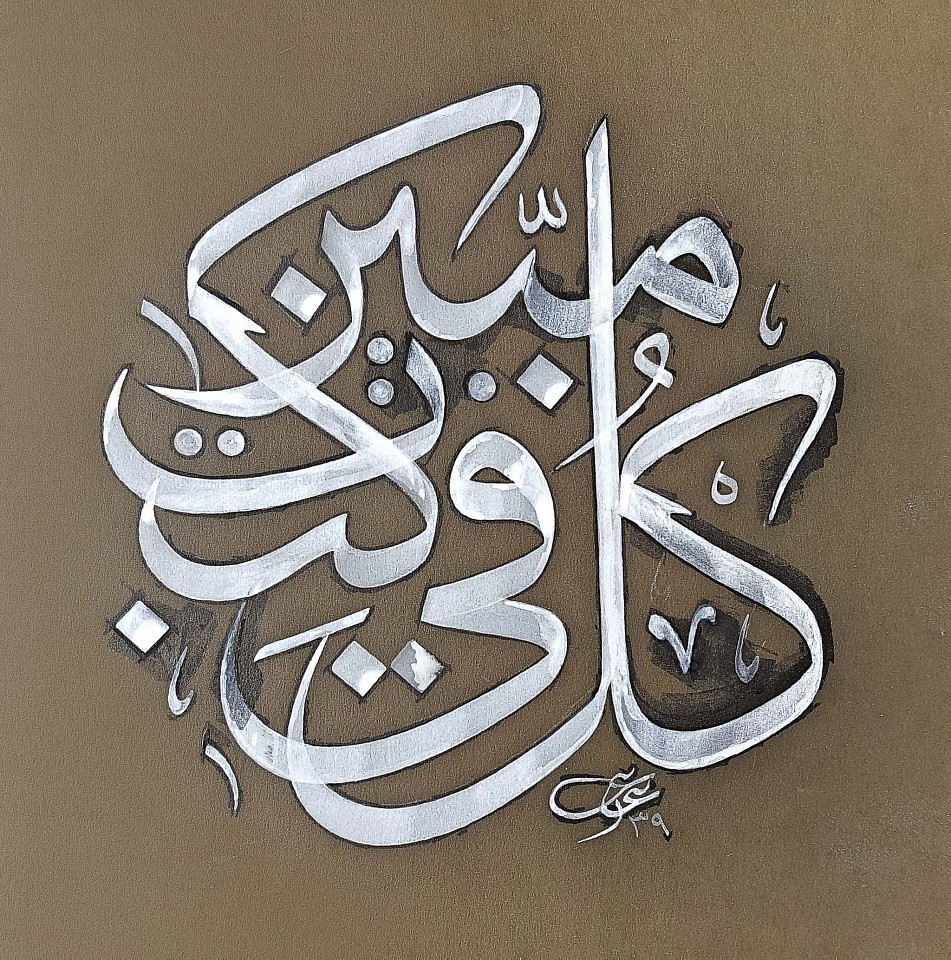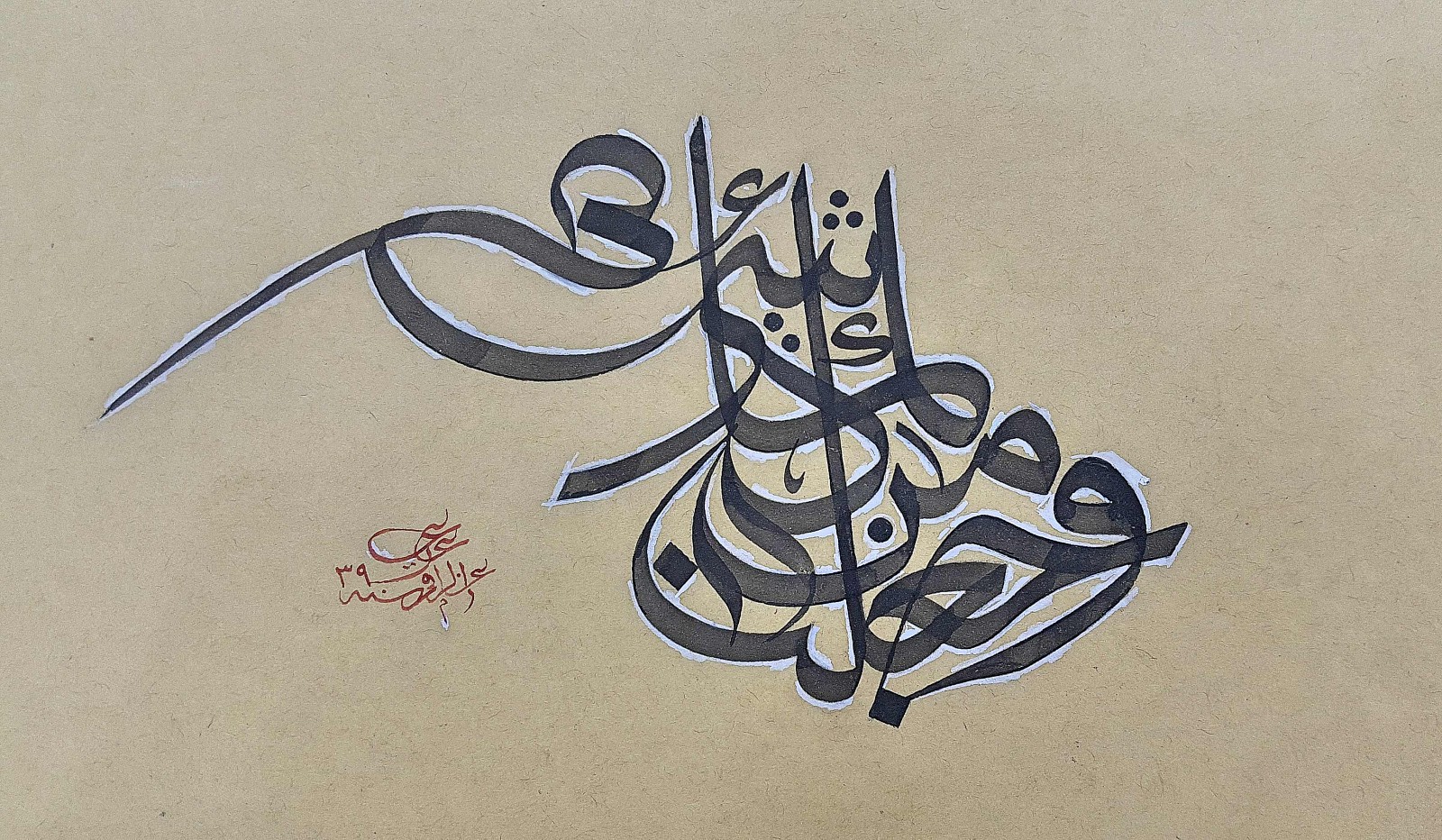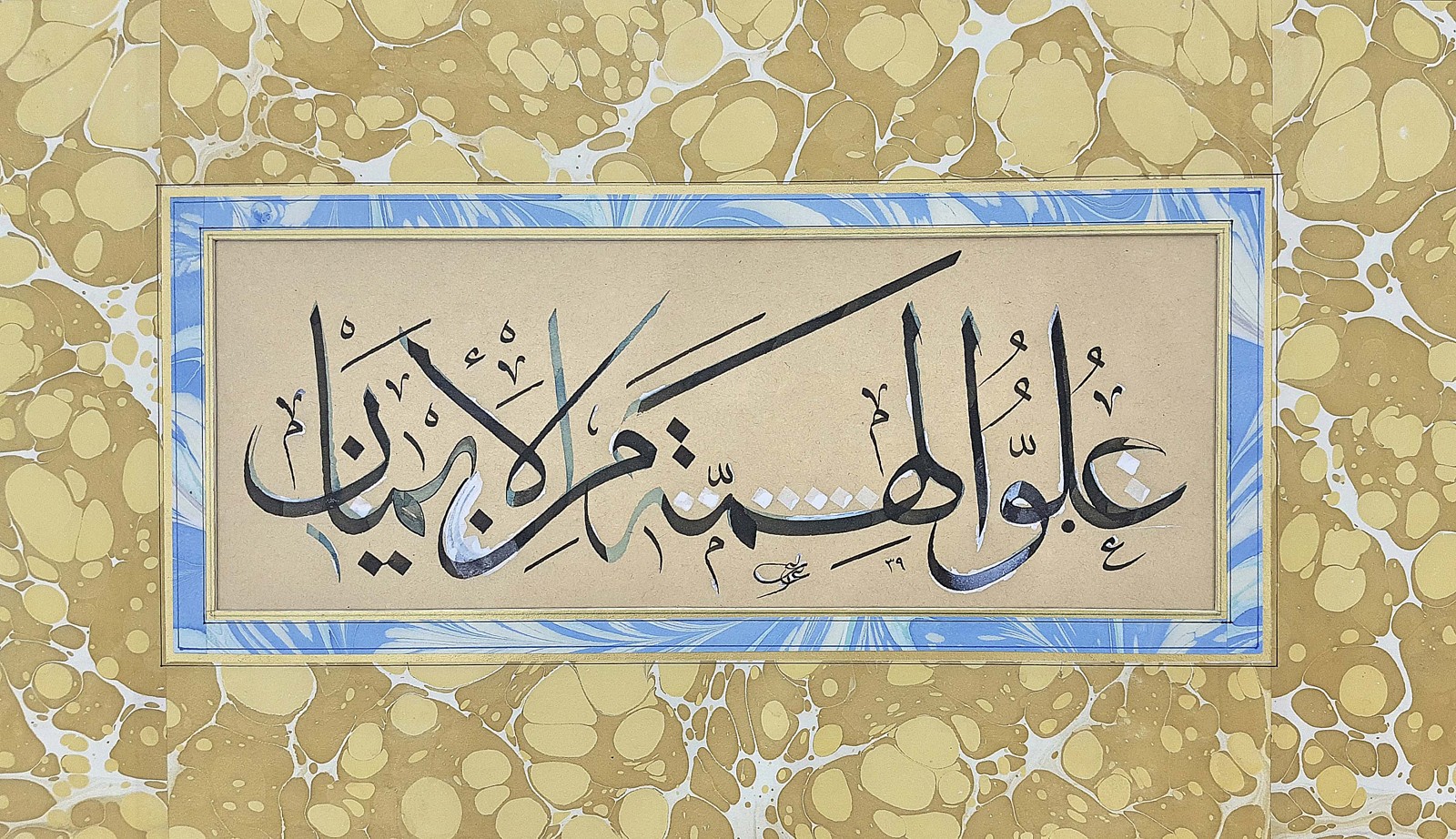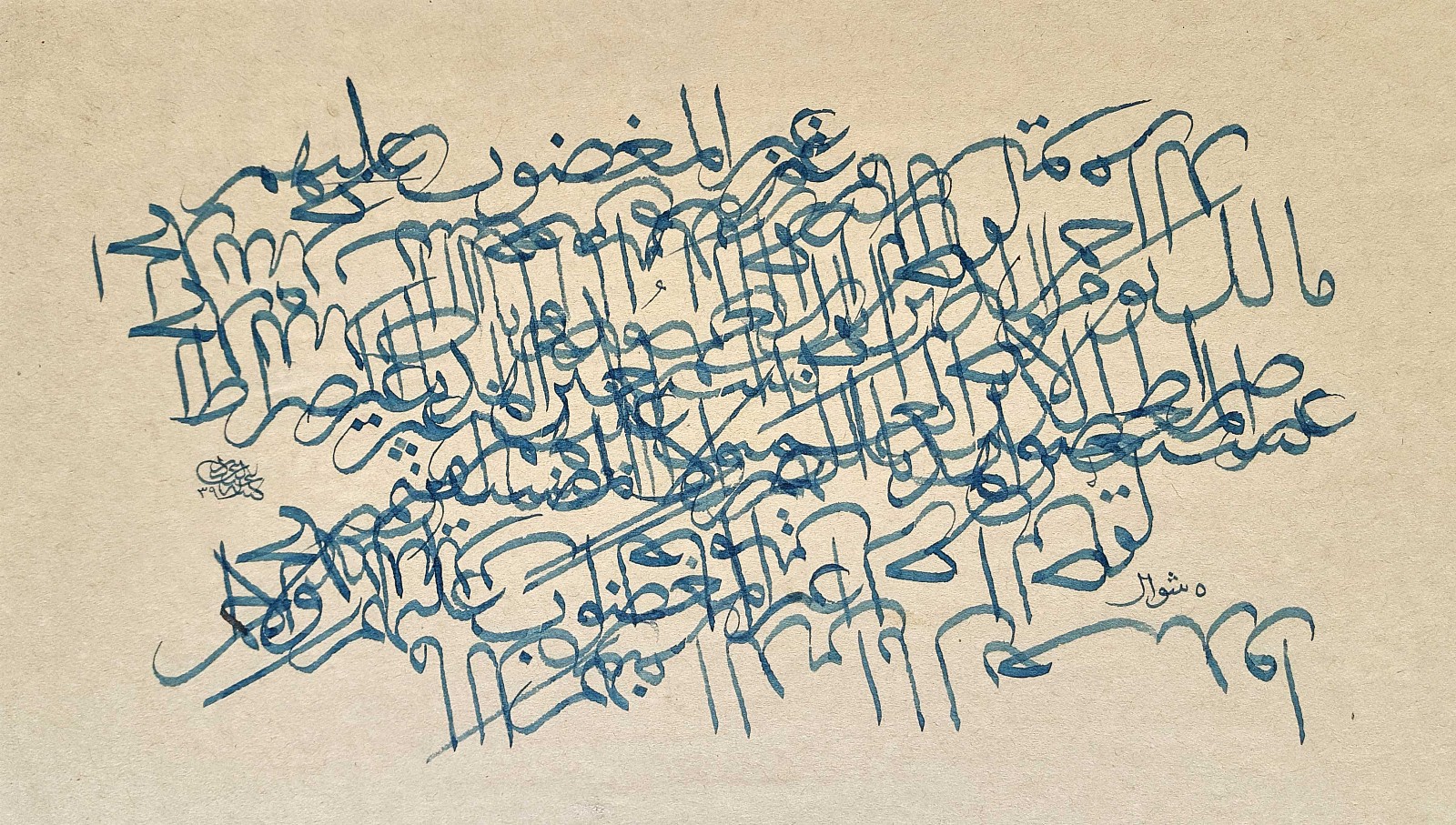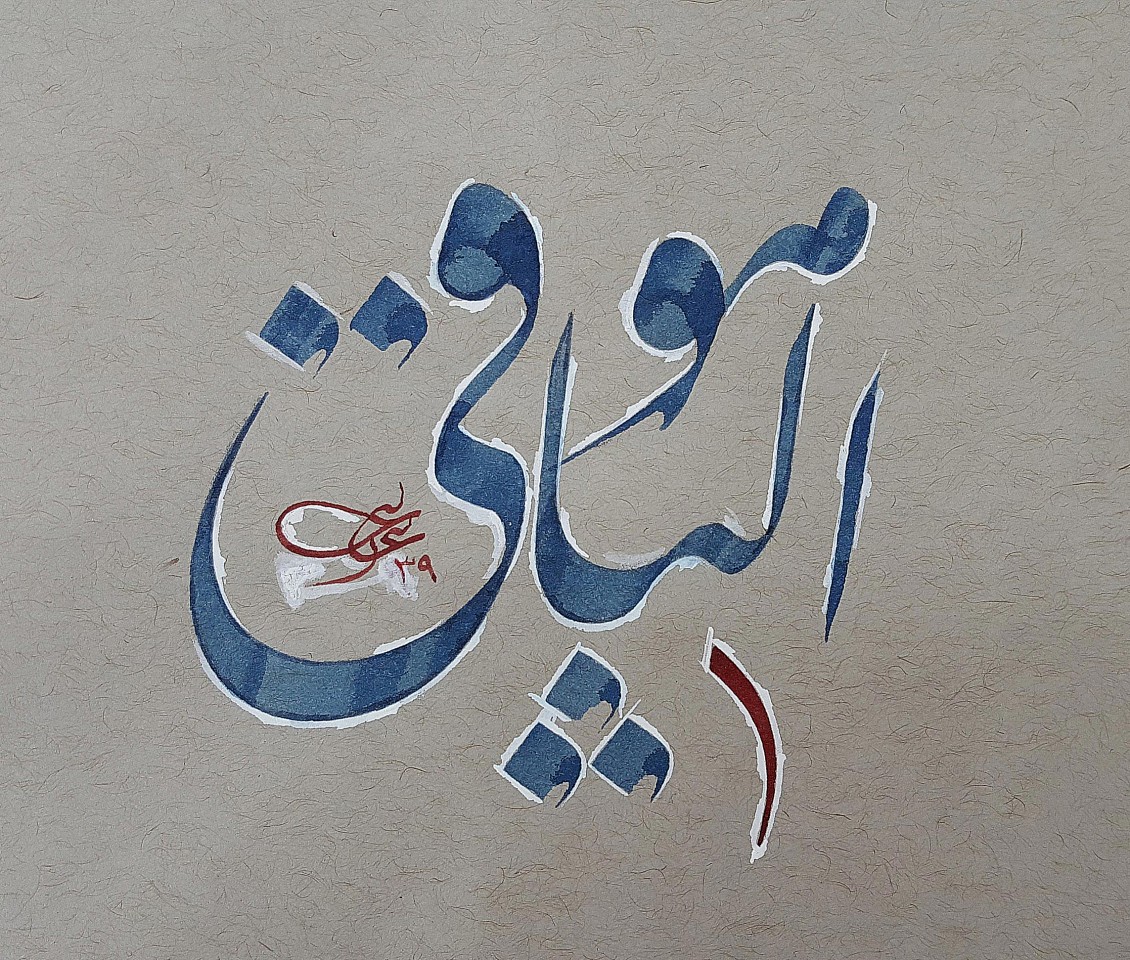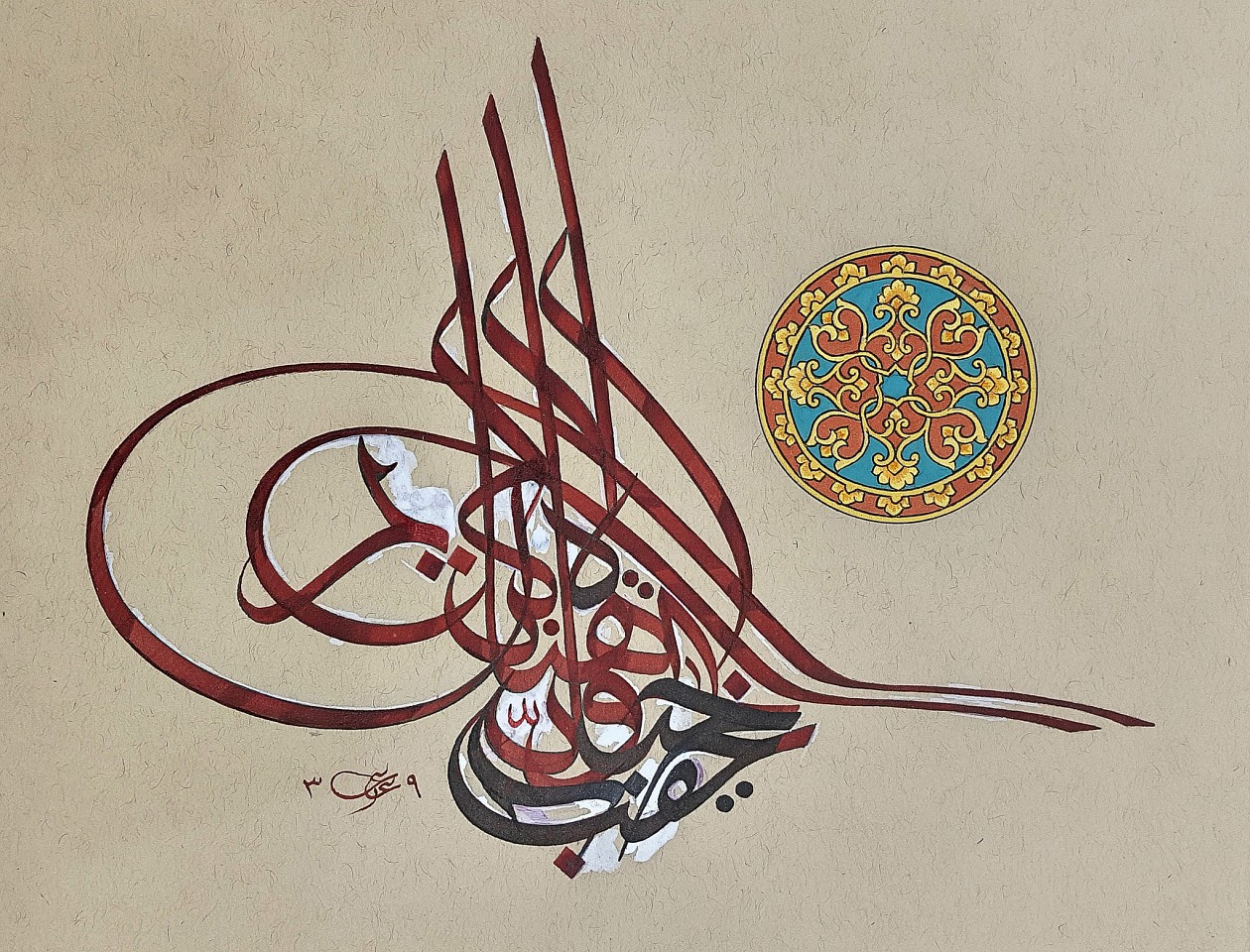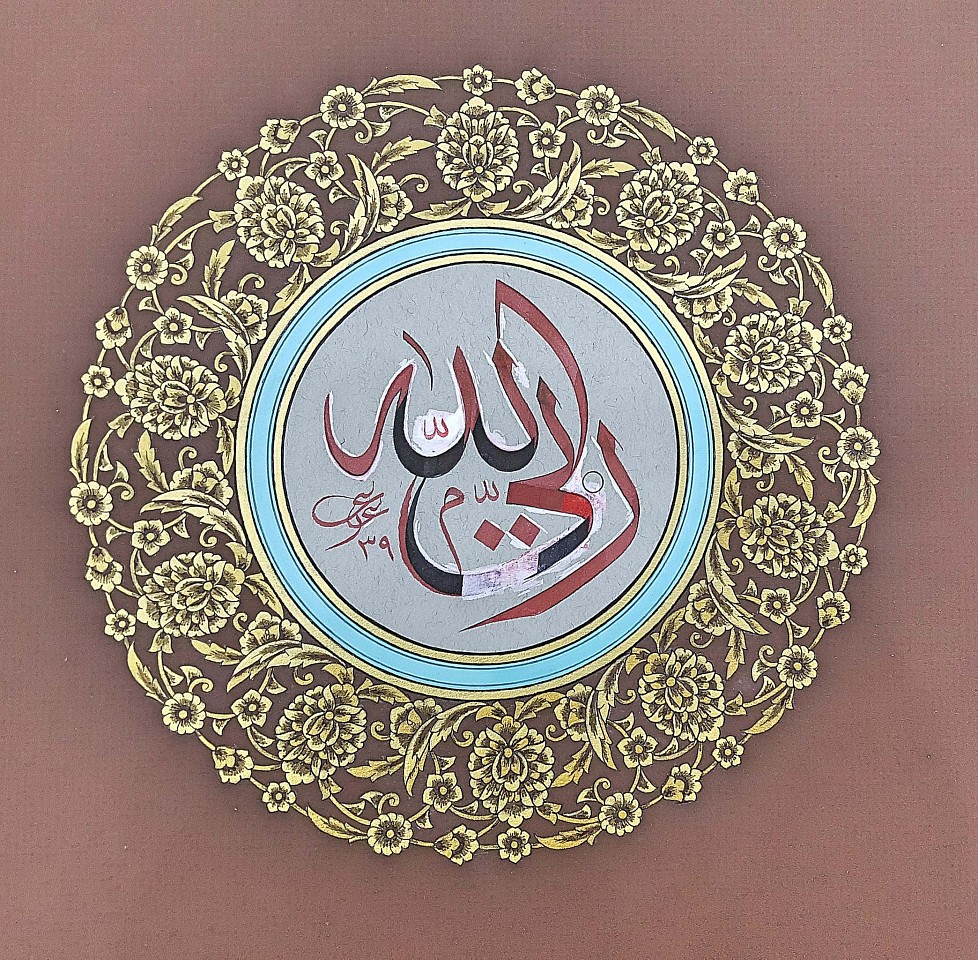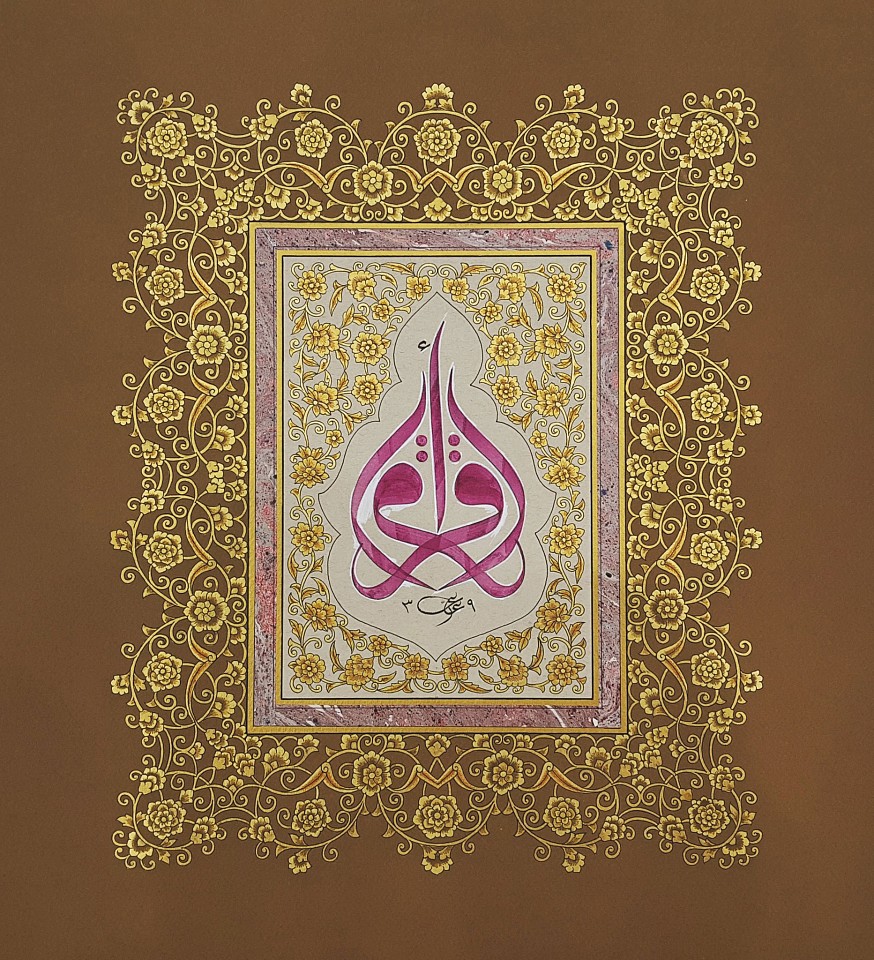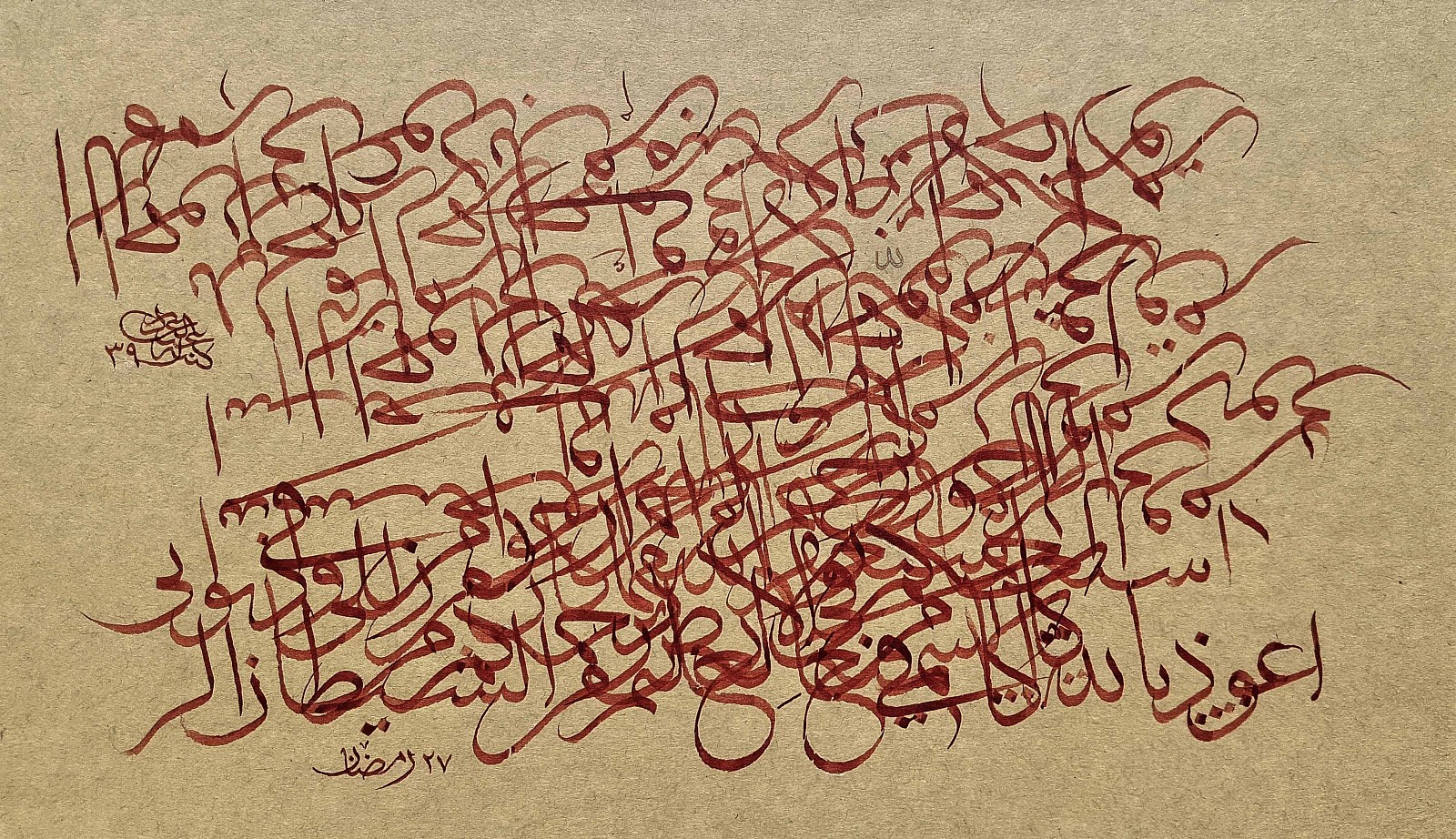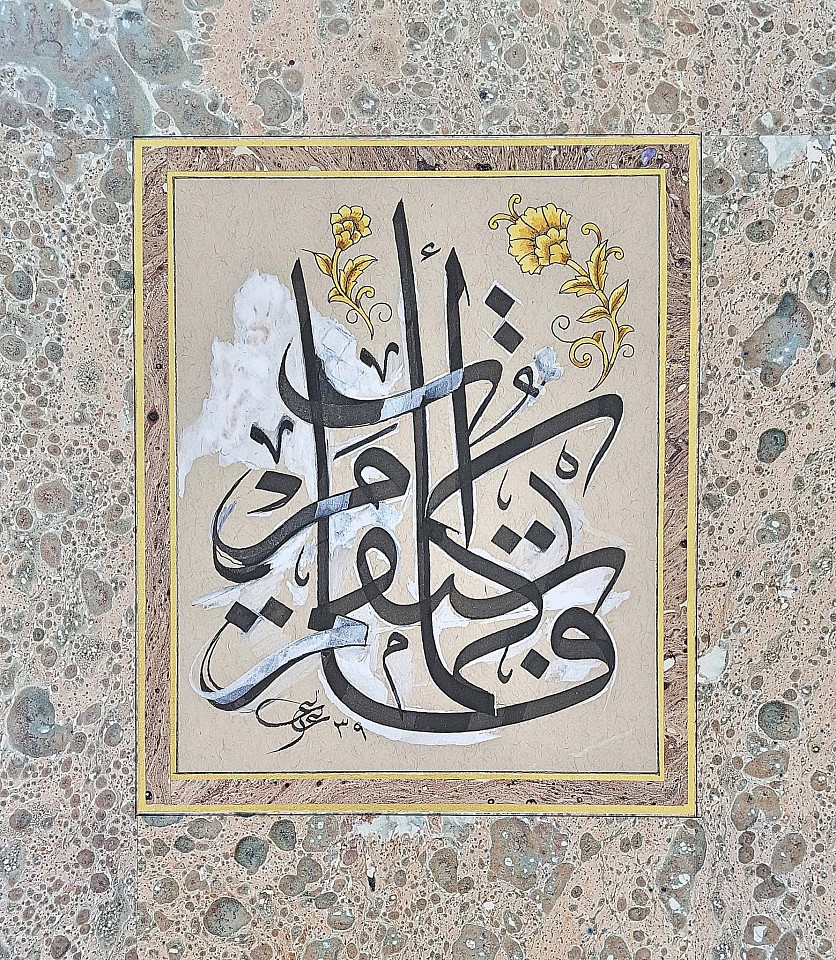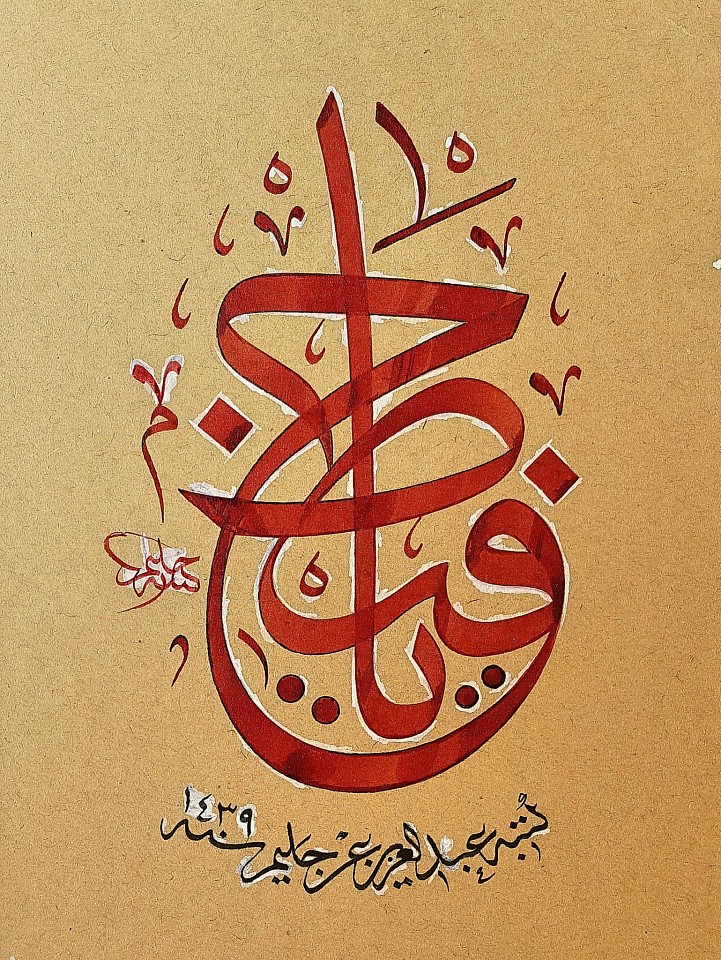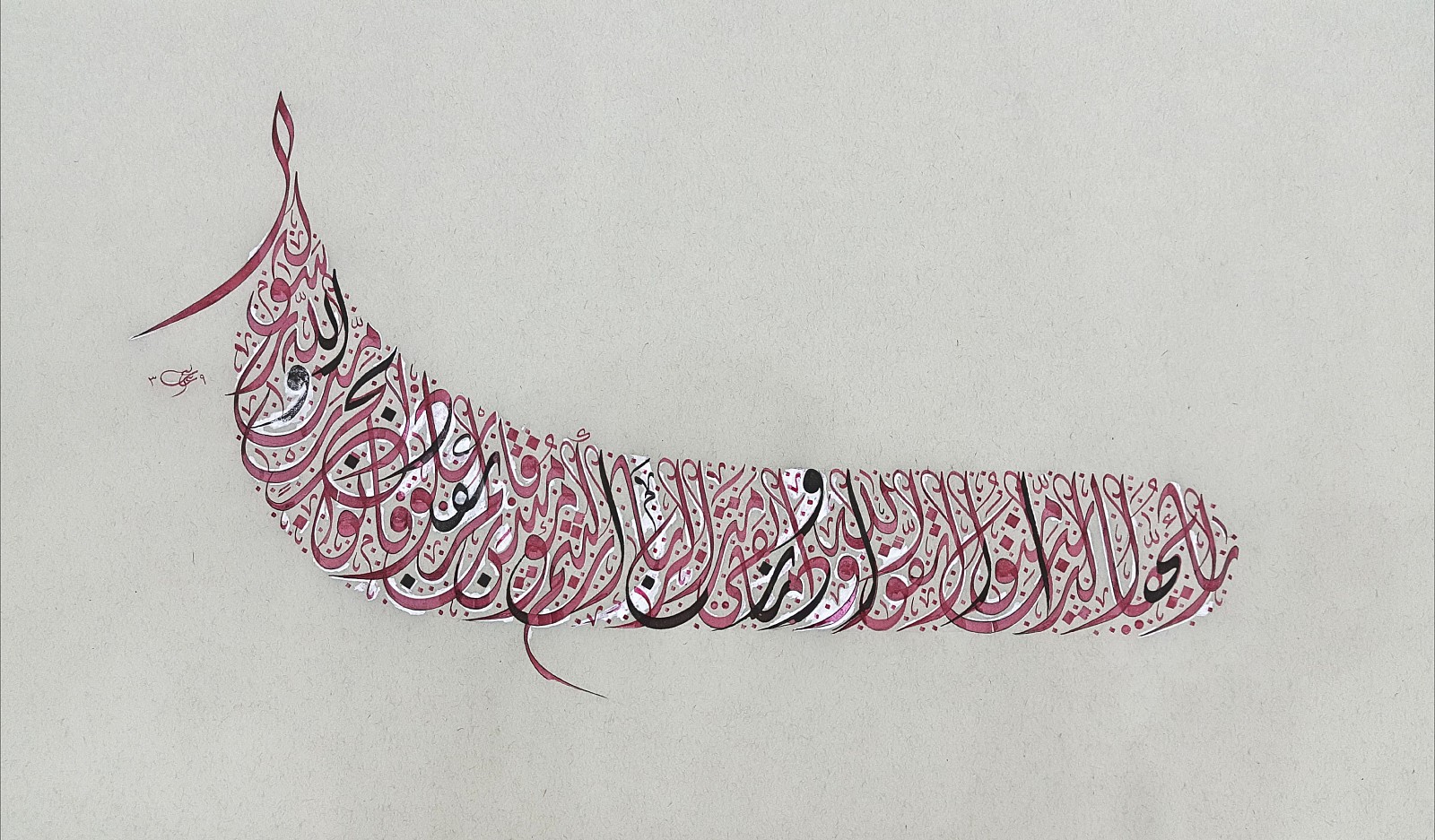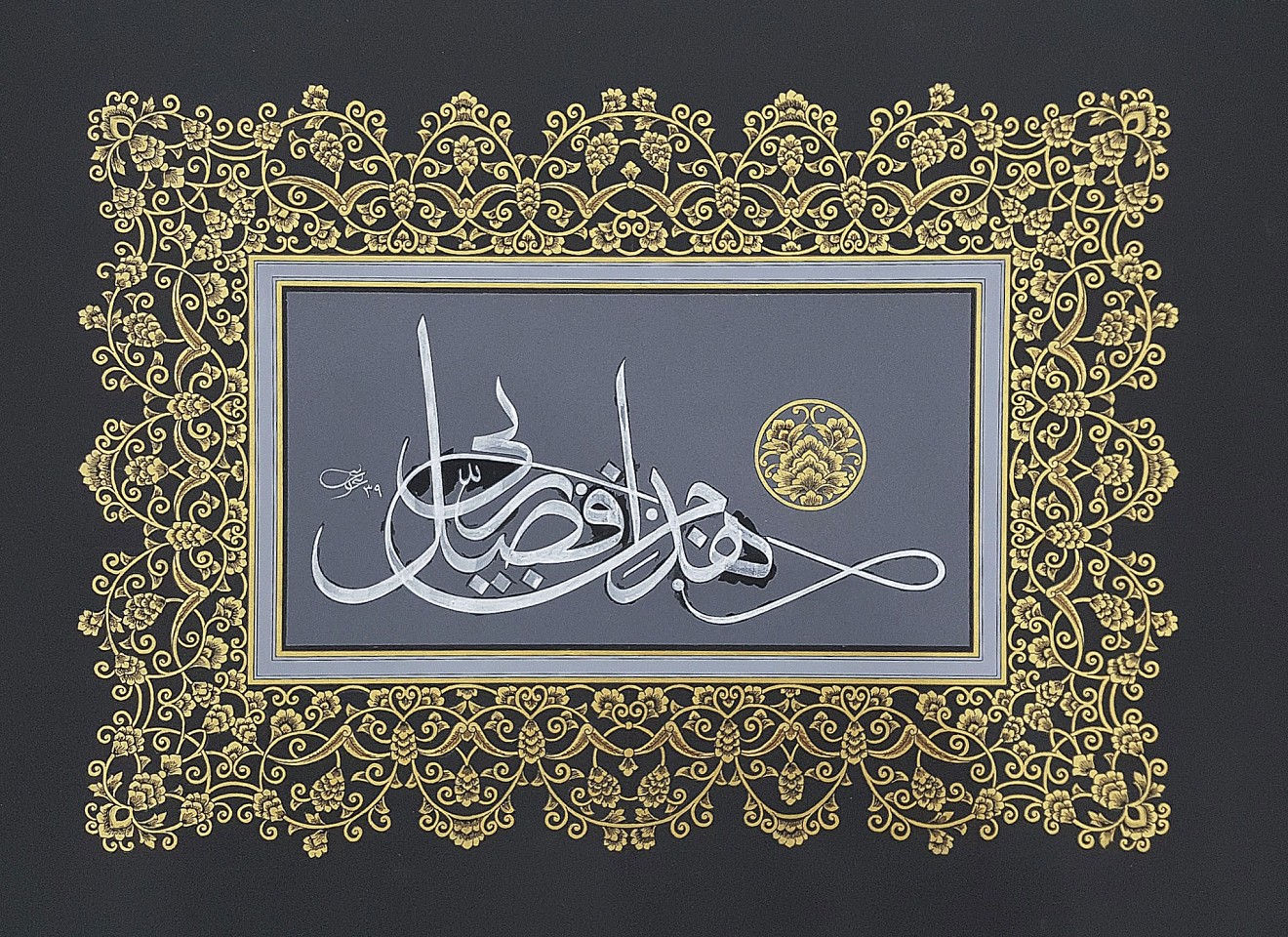Abdul Aziz Al Rashidi
A man whose days are the same shall never be content, 2018
Ink on Paper
AAR0182
Abdul Aziz Al Rashidi
A spring where the [righteous] servents of Allah wll drink from, 2018
Ink on Paper
AAR0181
Abdul Aziz Al Rashidi
All is in a clear record, 2018
Ink on Paper
AAR0187
Abdul Aziz Al Rashidi
And we have made from water every livingthing, 2018
Ink on Paper
AAR0193
Abdul Aziz Al Rashidi
Being in a high spirit is a sign of faith, 2018
Ink on Paper
AAR0192
Abdul Aziz Al Rashidi
Blue Draft, 2018
Ink on Paper
AAR0174
Abdul Aziz Al Rashidi
He is the Ever Enduring and Immutable, 2018
Ink on Paper
AAR0189
Abdul Aziz Al Rashidi
How do you fear life if there is a kind God, 2018
Ink on Paper
AAR0185
Abdul Aziz Al Rashidi
My Lord is Allah, 2018
Ink on Paper
AAR0186
Abdul Aziz Al Rashidi
Read, 2018
Ink on Paper
AAR0176
Abdul Aziz Al Rashidi
Red Draft, 2018
Ink on Paper
AAR0173
Abdul Aziz Al Rashidi
So remain on a righteous course as you have been commanded, 2018
Ink on Paper
AAR0190
Abdul Aziz Al Rashidi
The Preserver, The Protector, 2018
Ink on Paper
AAR0188
Abdul Aziz Al Rashidi
The sign of usury, 2018
Ink on Paper
AAR0180
Abdul Aziz Al Rashidi
This is by the grace of my god, 2018
Ink on Paper
AAR0177

![Abdul Aziz Al Rashidi, A spring where the [righteous] servents of Allah wll drink from
2018, Ink on Paper](/images/30221_h125w125gt.5.jpg)
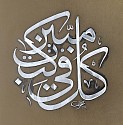



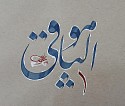


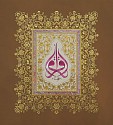





Abdulaziz Al-Rashidi is drawn to the process of calligraphers and sees the beauty in their production phase and the pursuit of perfection. His views on calligraphers are juxtaposed between the two oxymorons, effort vs. effortless. He views the calligrapher’s resilience as an artistic effort but also appreciates the spontaneity in a calligrapher’s restless passion.
The dedication of executing a final work is what captures Al-Rashidi’s interest. The layers and imperfections that are leading to the final work is his main focus.
The artist is not interested in the final product as the calligrapher is, he is interested in the qaleb; which is the paper used for practice. Calligraphy is a process that requires patience and during the early days, calligraphers did not have a transparent paper to ease or speed the process of production.
The use of repetition becomes the skill and art of a calligrapher. To arch, spur, stroke, emboss and erase was the practice of a calligrapher. These sketches become a form of figurative painting to the spectator of today.
Al-Rashidi sheds light on this magnificent process and sees the allure in the process of repetition to the point of perfection. To Al-Rashidi, the qaleb is an exercise that moves the calligrapher’s practice only further.

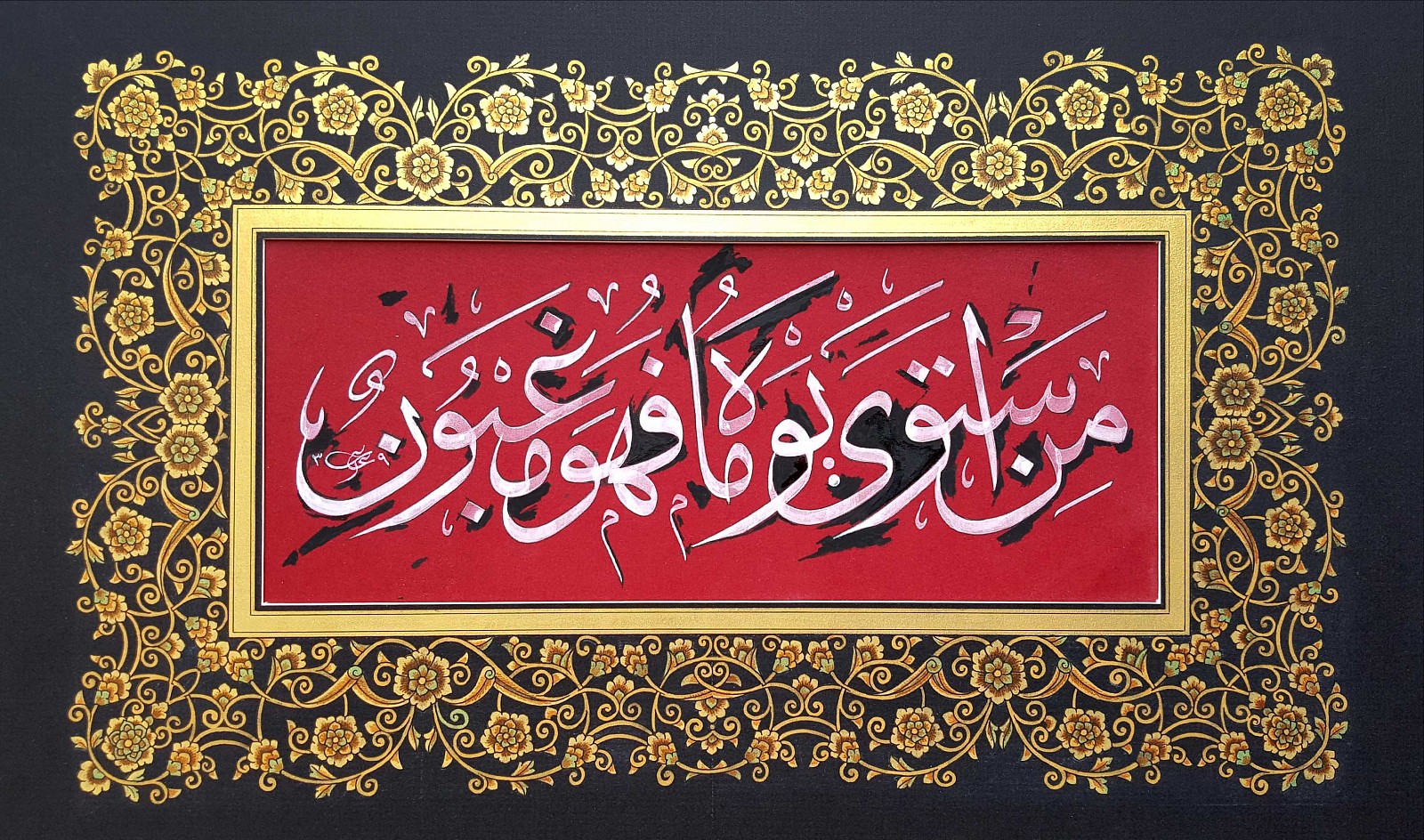
![<p><span class="viewer-caption-artist">Abdul Aziz Al Rashidi</span></p>
<p><span class="viewer-caption-title"><i>A spring where the [righteous] servents of Allah wll drink from</i></span>, <span class="viewer-caption-year">2018</span></p>
<p><span class="viewer-caption-media">Ink on Paper</span></p>
<p><span class="viewer-caption-inventory">AAR0181</span></p>
<p><span class="viewer-caption-aux"></span></p>](/images/30221_h960w1600gt.5.jpg)
